STM32F407VET6 32 MCUmicrocontroller: Overview, Pinout, 5 gio configurations, Features and Applications
High-performance foundation line, Arm Cortex-M4 core with DSP and FPU, 512 Kbytes of Flash memory, 168 MHz CPU, ART Accelerator, Ethernet, FSMC. This blog provides the description of the STM32F407VET6 microcontrollers overview, pinout Attributes, and features.
Catalog
Ⅰ STM32F407VET6 Overview
STM32F407VET6 is a microcontroller based on STM32F407/417 high-performance ARM® Cortex® M4 integrated innovative peripherals, 168 MHz operating frequency, which has Ethernet MAC and camera interface for CMOS sensors.
The STM32F407VET6 features a 32-bit flash MCU with a floating point unit (FPU) with digital signal processing (DSP) instructions and a memory protection unit (MPU) for increased application security. The STM32F407VET6 microcontroller has a crypto/hash processor that provides hardware acceleration for AES 128, 192, 256, Triple DES, and hash (MD5, SHA-1).
STM32F407VET6 High performance and industry-standard core system with enhanced peripherals and connected I/O. They include ADC, DAC, RTC, 16-bit timers (including two PWM timers for motor control), and 32-bit timers. There are also true random number generators (RNG). Additionally, the power-saving mode kit is designed for low-power applications. A variety of applications will be covered, including motor drives and application control, industrial applications: inverters, PLCs, scanners, HVAC, video intercoms, home audio equipment, and medical equipment.
STM32F407VET6 TFT ILI9341 PART1
Ⅱ STM32F407VET6 Schematic Diagram
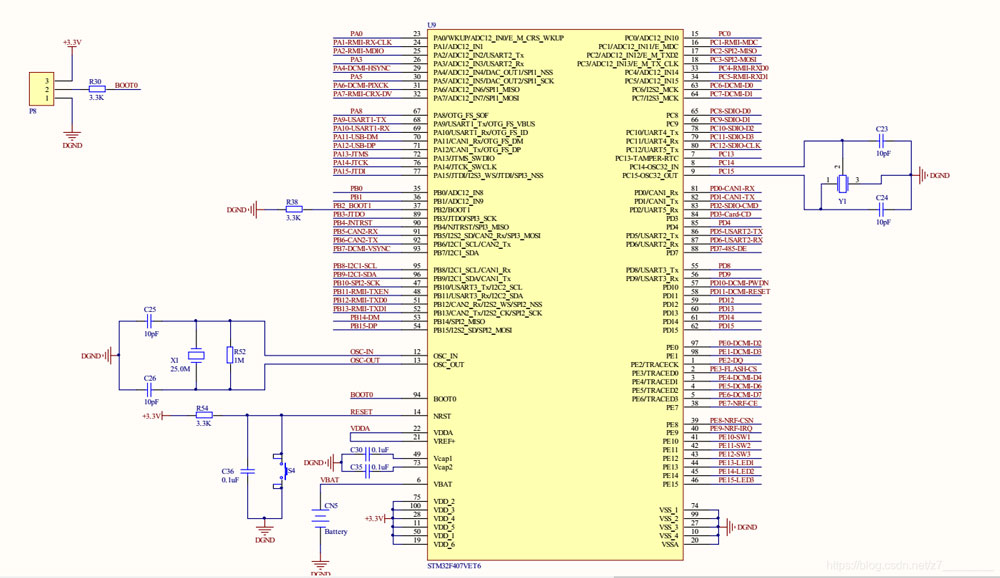
Figure1-STM32F407VET6 Schematic Diagram
Ⅲ STM32F407VET6 Pinout

Figure2-STM32F407VET6 Pinout
Ⅳ STM32f407VET6 GIO 5 configurations
GPIO, which is a general-purpose I/O (input/output) port, is a pin that can be controlled by STM32. The GPIO pins of the STM32 chip are connected to external devices, which can realize the functions of communicating with the outside, controlling the external hardware, or collecting the data of the external hardware
STM32F407 has 7 groups of IO. They are GPIOA~GPIOG respectively, each group of IO has 16 IO ports, a total of 112 IO ports are usually called PAx, PBx, PCx, PDx, PEx, PFx, PGx, where x is 0-15. And the F4 series is based on the Cortex-M4 core.
Multiplexing of GPIO:
STM32F4 has many built-in peripherals, and the external pins of these peripherals are shared with GPIO. That is to say, a pin can have many functions, but it is an IO port by default. If you want to use a GPIO built-in peripheral function pin, you need GPIO multiplexing. When this GPIO is used as a built-in peripheral, It's called reuse. For example, a serial port is a GPIO multiplexed as a serial port.
Configuration
- Pin number: GPIO_Pin
- Working mode: GPIO_Mode
- Configure the speed: GPIO_Speed
- The way of output/input: GPIO_OType
- With or without pull-up resistor: GPIO_PuPd
Ⅴ STM32F407VET6 Features
- Core: Arm® 32-bit Cortex®-M4 CPU with FPU, Adaptive real-time accelerator (ART Accelerator) allowing 0-wait state execution from Flash memory, frequency up to 168 MHz, memory protection unit, 210 DMIPS/ 1.25 DMIPS/MHz (Dhrystone 2.1), and DSP instructions
- Memories
– Up to 1 Mbyte of Flash memory
– Up to 192+4 Kbytes of SRAM including 64- Kbyte of CCM (core coupled memory) data RAM
– 512 bytes of OTP memory
– Flexible static memory controller supporting Compact Flash, SRAM, PSRAM, NOR and NAND memories
- LCD parallel interface, 8080/6800 modes
- Clock, reset and supply management
– 1.8 V to 3.6 V application supply and I/Os
– POR, PDR, PVD and BOR
– 4-to-26 MHz crystal oscillator
– Internal 16 MHz factory-trimmed RC (1% accuracy)
– 32 kHz oscillator for RTC with calibration
– Internal 32 kHz RC with calibration
- Low-power operation
– Sleep, Stop and Standby modes
– VBAT supply for RTC, 20×32 bit backup registers + optional 4 KB backup SRAM
- 3×12-bit, 2.4 MSPS A/D converters: up to 24 channels and 7.2 MSPS in triple interleaved mode
- 2×12-bit D/A converters
- General-purpose DMA: 16-stream DMA controller with FIFOs and burst support
- Up to 17 timers: up to twelve 16-bit and two 32-bit timers up to 168 MHz, each with up to 4 IC/OC/PWM or pulse counter and quadrature (incremental) encoder input
- Debug mode
– Serial wire debug (SWD) & JTAG interfaces
– Cortex-M4 Embedded Trace Macrocell™
- Up to 140 I/O ports with interrupt capability
– Up to 136 fast I/Os up to 84 MHz
– Up to 138 5 V-tolerant I/Os
- Up to 15 communication interfaces
– Up to 3 × I2C interfaces (SMBus/PMBus)
– Up to 4 USARTs/2 UARTs (10.5 Mbit/s, ISO 7816 interface, LIN, IrDA, modem control)
– Up to 3 SPIs (42 Mbits/s), 2 with muxed full-duplex I2S to achieve audio class accuracy via internal audio PLL or external clock
– 2 × CAN interfaces (2.0B Active)
– SDIO interface
- Advanced connectivity
– USB 2.0 full-speed device/host/OTG controller with on-chip PHY
– USB 2.0 high-speed/full-speed device/host/OTG controller with dedicated DMA, on-chip full-speed PHY and ULPI
– 10/100 Ethernet MAC with dedicated DMA: supports IEEE 1588v2 hardware, MII/RMII
Ⅵ STM32F407VET6 Attributes
|
TYPE |
DESCRIPTION |
|
Category
|
Integrated Circuits (ICs) |
|
Embedded |
|
|
Microcontrollers |
|
|
Mfr |
STMicroelectronics |
|
Series |
STM32F4 |
|
Package |
Tray |
|
Core Processor |
ARM® Cortex®-M4 |
|
Core Size |
32-Bit Single-Core |
|
Speed |
168MHz |
|
Connectivity |
CANbus, DCMI, EBI/EMI, Ethernet, I²C, IrDA, LINbus, SPI, UART/USART, USB OTG |
|
Peripherals |
Brown-out Detect/Reset, DMA, I²S, LCD, POR, PWM, WDT |
|
Number of I/O |
82 |
|
Program Memory Size |
512KB (512K x 8) |
|
Program Memory Type |
FLASH |
|
EEPROM Size |
- |
|
RAM Size |
192K x 8 |
|
Voltage - Supply (Vcc/Vdd) |
1.8V ~ 3.6V |
|
Data Converters |
A/D 16x12b; D/A 2x12b |
|
Oscillator Type |
Internal |
|
Operating Temperature |
-40°C ~ 85°C (TA) |
|
Mounting Type |
|
|
Package / Case |
100-LQFP |
|
Supplier Device Package |
100-LQFP (14x14) |
|
Base Product Number |
STM32F407 |
Ⅶ STM32F407VET6 LQFP100 Package Information
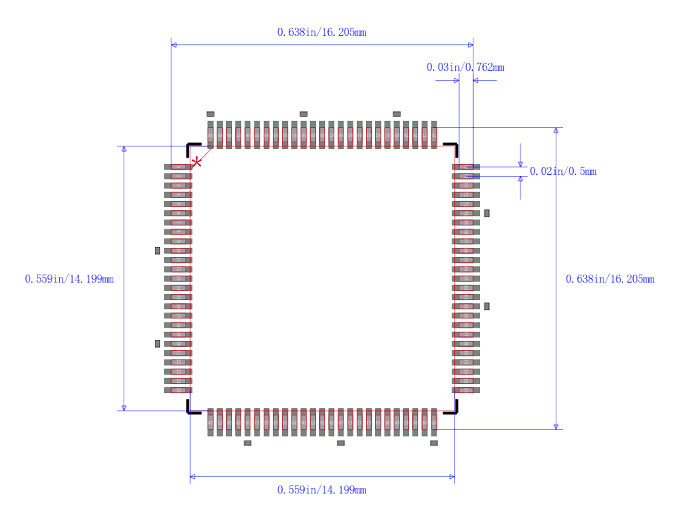
Figure3-STM32F407VET6 LQFP100 Package Information
Ⅷ STM32F407VET6 Bonding Pad Package
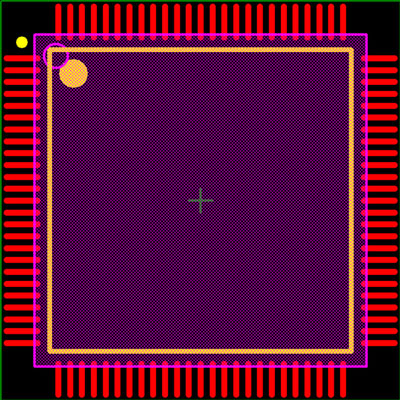
Figure4-STM32F407VET6 bonding pad package
Ⅸ STM32F407VET6 Applications
1)Home audio appliances
2)Medical equipment
3)Printers, and scanners
4)Motor drive and application control
5)Alarm systems, video intercom, and HVAC
6)Industrial applications: PLC, inverters, circuit breakers
Ⅹ STM32f407zgt6 VS stm32f407vet6 : General I/O ports
|
I/O |
stm32f407zgt6 |
stm32f407vet6 |
|
GPIOA |
16 |
16 |
|
GPIOB |
16 |
16 |
|
GPIOC |
16 |
16 |
|
GPIOD |
16 |
16 |
|
GPIOE |
16 |
16 |
|
GPIOF |
16 |
0 |
|
GPIOG |
16 |
0 |
|
GPIOH |
2 |
0 |

Figure5-stm32f407zgt6 Schematic Diagram

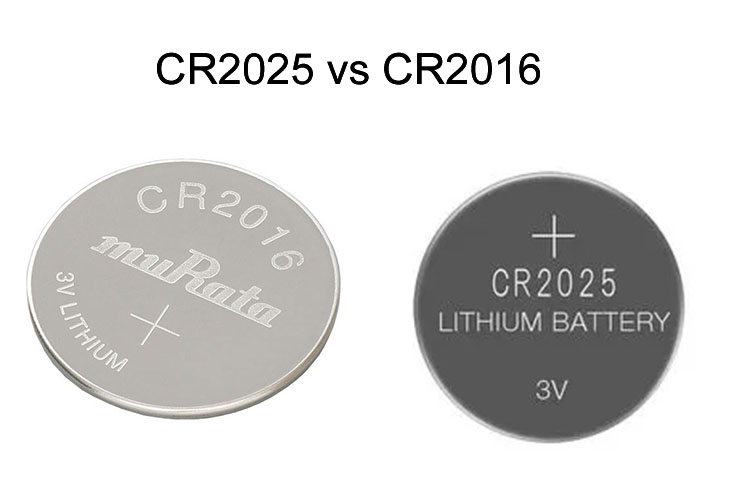 CR2025 vs CR2016: Which one you should choose ?5/8/2024 29
CR2025 vs CR2016: Which one you should choose ?5/8/2024 29CR2025 is a type of lithium coin cell battery. It's a small, round, flat battery commonly used in various electronic devices such as watches, calculators, remote controls, key fobs, and small electronic gadgets. The "CR" in its name stands for lithium manganese dioxide chemistry, and "2025" refers to its dimensions: 20mm diameter and 2.5mm height. These batteries are known for their long shelf life and stable voltage output, making them popular choices for low-power devices.
Read More >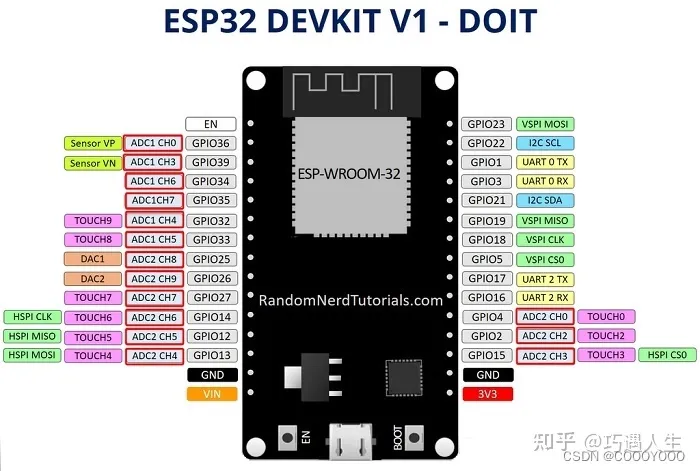 How to resolve the WiFi and ADC2 Sharing Dilemma?4/19/2024 47
How to resolve the WiFi and ADC2 Sharing Dilemma?4/19/2024 47ESP32-CAM can be used in various Internet of Things situations and is suitable for home smart devices, industrial wireless control, wireless Monitoring, QR wireless identification, wireless positioning system signals, and other IoT applications are ideal solutions for IoT applications.
Read More >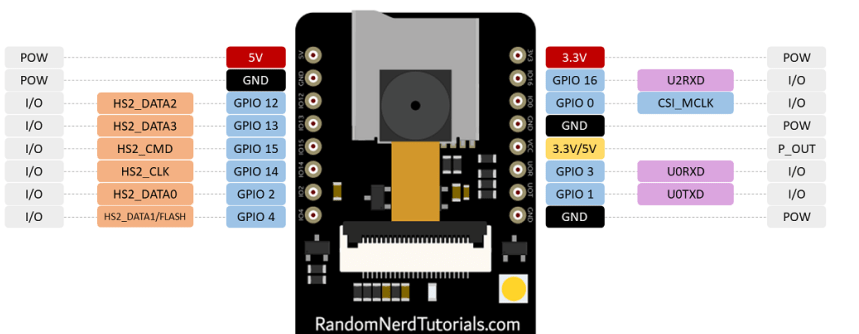 ESP32-CAM Pinout Explanation and How to Use?4/18/2024 141
ESP32-CAM Pinout Explanation and How to Use?4/18/2024 141ESP32-CAM is a development board with an ESP32-S chip, an OV2640 camera, a microSD card slot, and several GPIOs for connecting peripherals. ESP32-CAM is a small-sized camera module. The module can work independently as the smallest system, with a size of only 27*40.5*4.5mm.
Read More >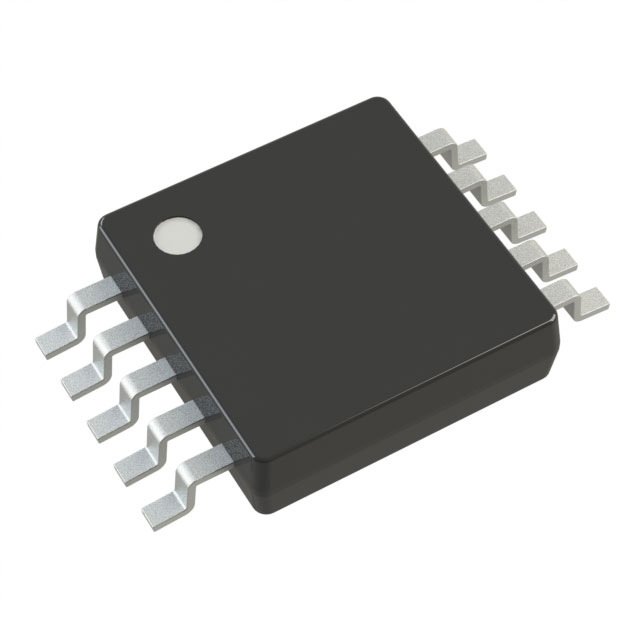 Stand-Alone Linear Li-Ion / Li-Polymer Charge Management Controller MCP738334/9/2024 71
Stand-Alone Linear Li-Ion / Li-Polymer Charge Management Controller MCP738334/9/2024 71The MCP73833/4 is a highly advanced linear charge management controller for use in space-limited, cost sensitive applications. Both a 10-lead, MSOP and a 10-lead, DFN packaging measuring 3 mm by 3 mm are offered for the MCP73833/4. In addition to its tiny size, the MCP73833/4 is perfect for portable applications because it requires a few additional components.
Read More >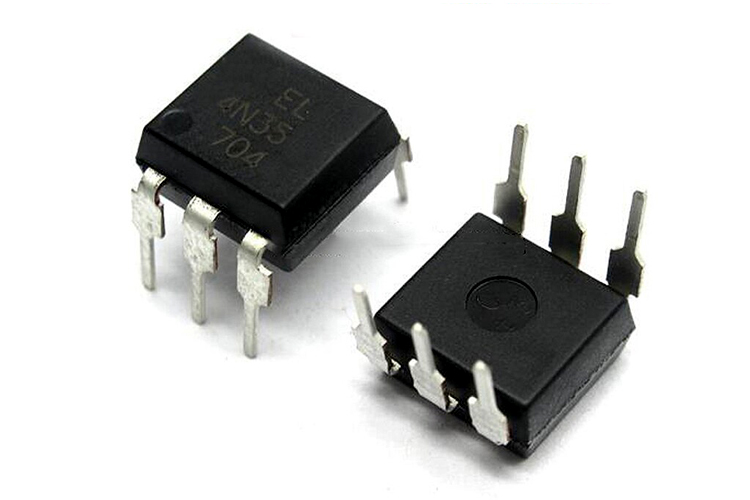 Optocoupler IC 4N35: Pinout, Datasheet, Features and Applications3/26/2024 132
Optocoupler IC 4N35: Pinout, Datasheet, Features and Applications3/26/2024 132In the realm of electronics, where connectivity and isolation are paramount, the 4N35 optocoupler IC stands as a beacon of reliability and versatility. This small yet mighty device plays a crucial role in ensuring signal integrity and safety across a wide range of applications. In this article, we delve into the intricacies of the 4N35 optocoupler IC, exploring its datasheet, pinout, circuit diagram, and diverse uses.
Read More >











